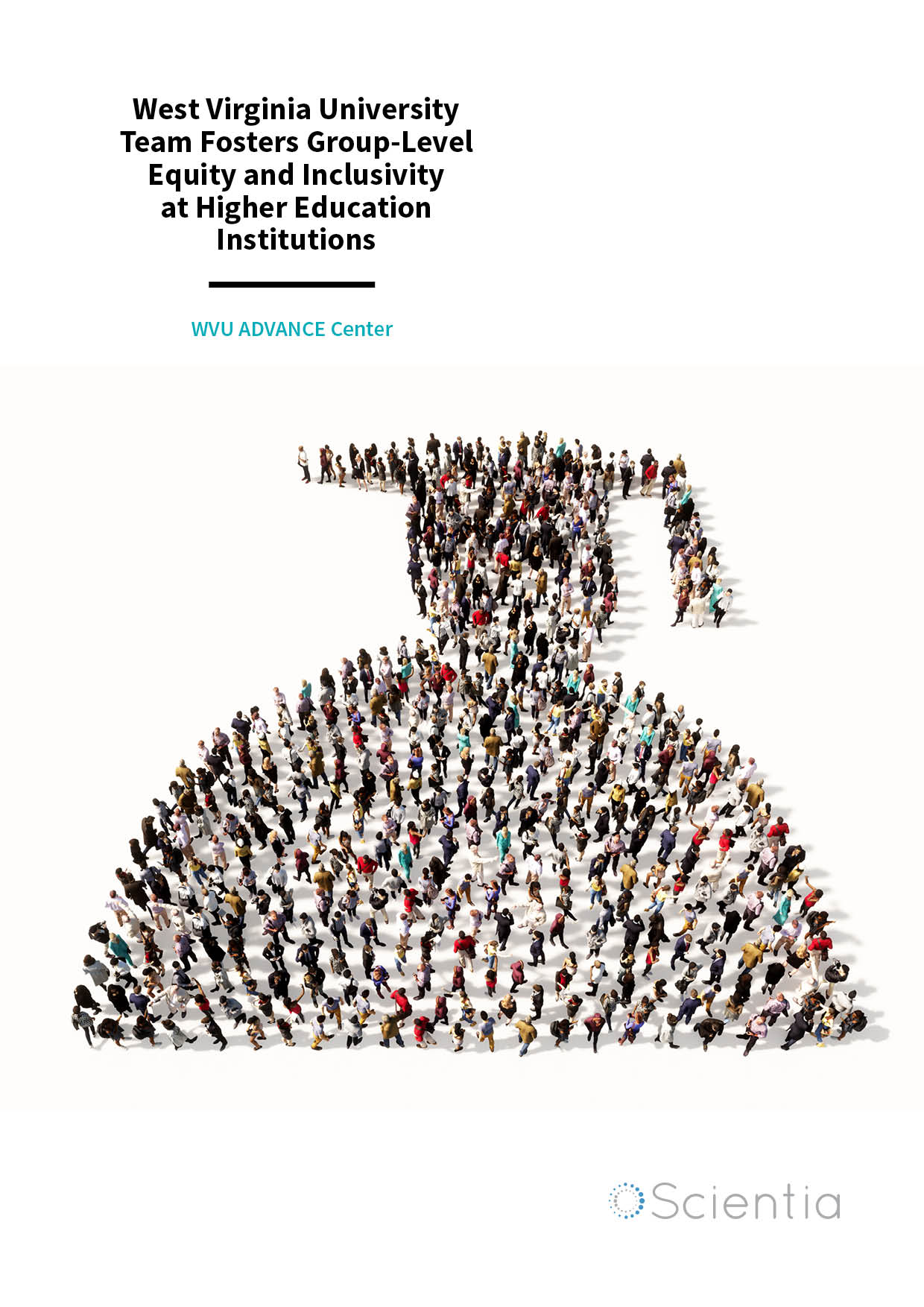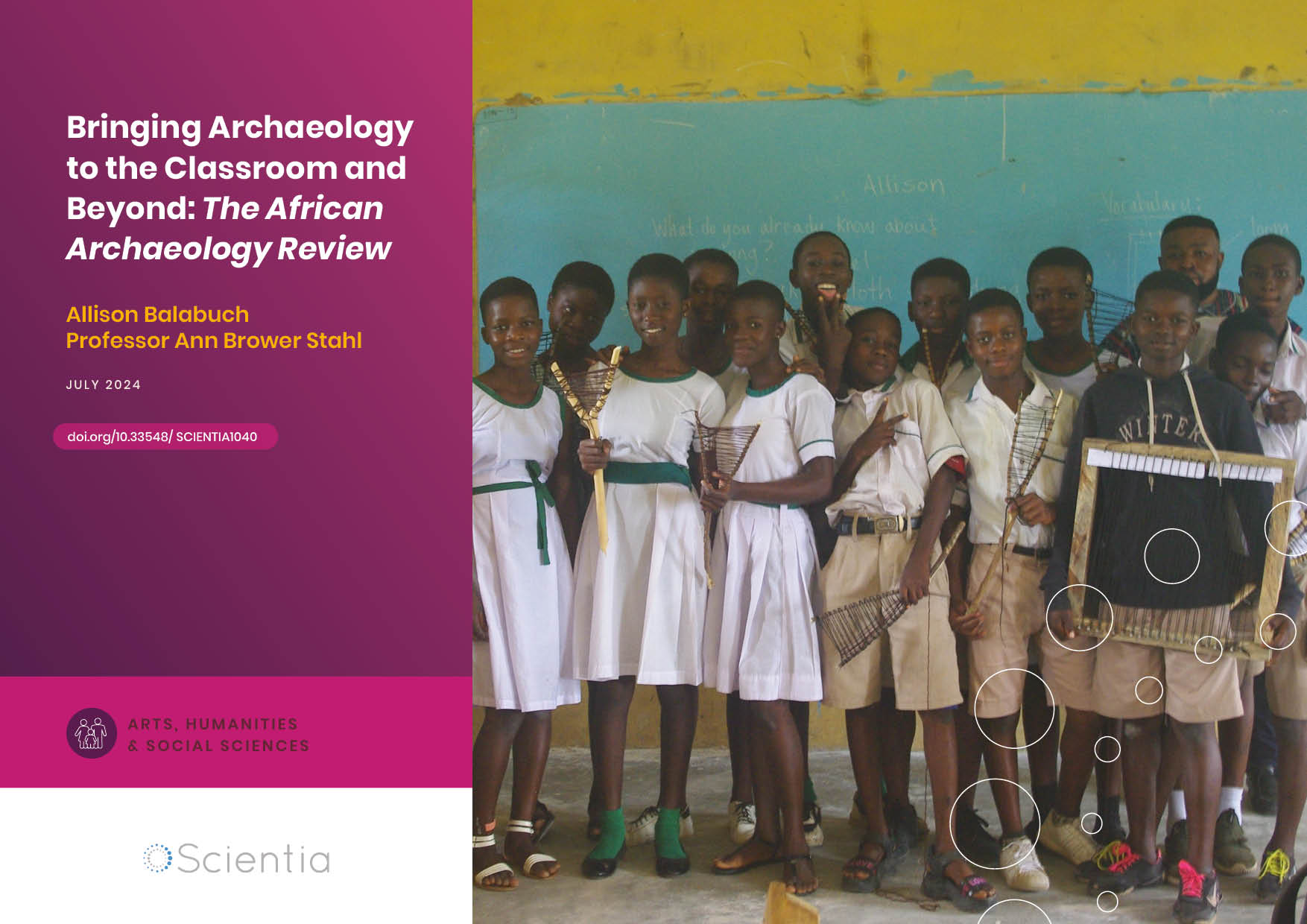The Australian Meteorological and Oceanographic Society
 The Australian Meteorological and Oceanographic Society (AMOS) is an independent learned society representing over 500 atmospheric and oceanographic scientists. Its vision is to advance the scientific understanding of the atmosphere, oceans and climate system, along with their socioeconomic and ecological impacts, and promote applications of this understanding for the benefit of all Australians. In this exclusive interview, we speak with Angela Maharaj, President of AMOS, who describes how the Society advances scientific research and communicates the latest climate science to the public and policy-makers.
The Australian Meteorological and Oceanographic Society (AMOS) is an independent learned society representing over 500 atmospheric and oceanographic scientists. Its vision is to advance the scientific understanding of the atmosphere, oceans and climate system, along with their socioeconomic and ecological impacts, and promote applications of this understanding for the benefit of all Australians. In this exclusive interview, we speak with Angela Maharaj, President of AMOS, who describes how the Society advances scientific research and communicates the latest climate science to the public and policy-makers.
To start, give us a brief history of AMOS.
The Australian Meteorological and Oceanographic Society (AMOS) stemmed from the Royal Meteorological Society. Fellows of the Royal Meteorological Society resident in Australia, many of whom were eminent Australian meteorologists and oceanographers and Fellows of the Australian Academy of Sciences, forged an Australian branch of the Society in 1973. They subsequently helped with the transition to an Australian Meteorological and Oceanographic Society in 1987.
The society was initially established as a professional meteorological society, then a professional body for meteorology and oceanography. AMOS now represents over 500 members working and studying in weather, oceans, climate and other allied fields and we will be celebrating our 35th anniversary next year (2022).
In what ways does the Society advance and support scientific research?
AMOS members have historically collaborated on many international scientific initiatives such as the Global Atmospheric Research Programme, the World Climate Research Programme, Tropical Ocean Global Atmosphere program and of course the International Panel on Climate Change (IPCC). An important national contribution is on a suite of modelling systems for weather, climate and Earth systems, known as ACCESS which stands for The Australian Community Climate and Earth-System Simulator.
AMOS supports our members in their work, most ostensibly by providing national and international conferences for members to present and discuss their research. AMOS also provides workshop opportunities to help researchers at all career stages with broadening and advancing their skillsets.
In the past 12 months, we have held science workshops on radar, air quality, probabilistic forecasting. We also regularly hold workshops to help our members improve more generic skills such as data management, software carpentry, stakeholder engagement and science communication.
‘Australian mean temperatures have increased by more than 1.4°C since the early 20th century. That is a greater increase than global average temperatures which have increased by closer to 1.1°C.’

How does AMOS foster interest in meteorology and oceanography amongst people of all age-groups?
Our regional chapters run local science talks and National Science Week events. Public symposia are a common feature of our annual conference where we also offer a Teacher Open Day. School teachers can attend our conference for free on that day and use the opportunity to engage with AMOS scientists and attend our education and outreach special session.
Our education and outreach committee runs art competitions with stage categories ranging from childcare through to high-school. Bringing in the childcare category was a great way to engage with a younger demographic than in we had in the past. We use artistic and scientific criteria in the judging. We also sometimes run a weather forecasting video competition where school children send us their version of a news weather forecast. We were lucky enough to have a well-known forecaster help us create a training video with tips on how best to do this, and the competition aligns well with early-stage school curricular.
We don’t just cater to the young. A number of our members regularly present talks for Probus and Rotary clubs as well as the University of the Third Age (U3A). We also offer an AMOS enthusiast membership category at a very reasonable rate so that those who have a keen interest in our sciences but wouldn’t meet the professional member criteria can also be part of our community.
Describe how Australia’s climate is changing in recent years, and what your members’ research has shown.
Australian mean temperatures have increased by more than 1.4°C since the early 20th century. That is a greater increase than global average temperatures which have increased by closer to 1.1°C. Australia is particularly vulnerable to the impacts of climate change. We are expected to experience not only intensified extreme events such as droughts, floods, heatwaves and bushfires but also increased coastal erosion and flooding due to sea-level rise.
AMOS members contribute to a range of important research in weather and climate. For example, Australia is known as a land of extremes and understanding rainfall predictability and the nature of droughts is a national priority in our research. Many of our members are attempting to understand the key drivers of precipitation and its variability. Australia’s reliance on our oceans for food, recreation and defence has also driven a focus on oceanographic research.
But I suppose our members’ contributions to anthropogenic climate change research is the highest profile work right now. Many of our members contribute to this research from assessing climate risks at a local level through to participating in global modelling efforts such as the World Climate Research Programme’s Coupled Model Intercomparison Project (CMIP).
Finally, how does AMOS inform the public and policy-makers about climate change, and the need for drastic action?
Our outreach efforts are a key strategy for informing the public about climate change. We also produce information and position statements as well as engage in government consultation. We are currently developing a new climate change statement in line with the release of the IPCC AR6 report which hopefully will be reviewed by members and ready for release in time for COP 26.
We use our statements to communicate key scientific messages on climate change, often with a national focus and in simple enough language to be useful to a range of stakeholders. This is an important role for the Society. Many of our professional members are not in a position to publicly make personal statements on policy positions. It can be a tricky balance for those who work outside of academia such as in government agencies or for private companies. The society with its critical mass and scientific clout is able to provide a voice for the entire scientific community. I believe this is one of the main benefits of membership into a learned and professional society like AMOS.

Reference
https://doi.org/10.33548/SCIENTIA737
Want to republish our articles?
We encourage all formats of sharing and republishing of our articles. Whether you want to host on your website, publication or blog, we welcome this. Find out more
Creative Commons Licence
(CC BY 4.0)
This work is licensed under a Creative Commons Attribution 4.0 International License. 
What does this mean?
Share: You can copy and redistribute the material in any medium or format
Adapt: You can change, and build upon the material for any purpose, even commercially.
Credit: You must give appropriate credit, provide a link to the license, and indicate if changes were made.
More articles you may like
Dr Ralf Adam | New Technologies Shaping the Future of Oral Hygiene
Understanding the efficiency of various toothbrush technologies is essential for achieving optimal oral health. Dr Ralf Adam, who leads a dedicated team at Procter & Gamble in Germany, is keen to investigate the complexities of these technologies. His team have provided new insights into the best toothbrush types for plaque removal and the maintenance of gum health. By highlighting the importance of informed oral care decisions and ongoing investigations, this vital research works towards ensuring everyone can achieve a brighter, healthier smile.
WVU ADVANCE Center | West Virginia University Team Fosters Group-Level Equity and Inclusivity at Higher Education Institutions
Despite ongoing efforts to broaden participation in the academy, many groups remain underrepresented. More needs to be done to ensure that all faculty and students succeed in institutions of higher education. The WVU ADVANCE Center is an academic hub at West Virginia University, which provides services, events, mentorship opportunities, and other initiatives that promote the sense of belonging that leads to thriving faculty and students.
Dr Olalla Castro-Alvaredo | Measuring Entanglement: Symmetry-Resolved Entropy
Dr Olalla Castro-Alvaredo of the City University of London (UK) and her collaborators are advancing our understanding of an important phenomenon of quantum mechanical systems known as entanglement and, especially, its mathematical measures. Symmetry-resolved entanglement entropy is one such measure. Their study focuses on special quantum states which are excited with respect to a ground state. The research shows how the entanglement amongst quantum particles can be measured and assesses the contribution to the entanglement of quasiparticle excitations, particularly in the presence of additional symmetries.
Allison Balabuch – Professor Ann Brower Stahl | Bringing Archaeology to the Classroom and Beyond: The African Archaeology Review
The African Archaeology Review (AAR) journal recently celebrated its 40th anniversary. To mark this occasion, a special issue was compiled with an innovative theme: Archaeology for Education. To achieve this, the AAR editorial team assembled a group of academic researchers in archaeology with the proposition of writing articles collaboratively with educators that would make their research centred on Africa’s rich pasts accessible for use in school learning. The goal is to change the stories we tell about Africa both within and outside the continent.




